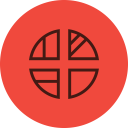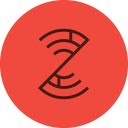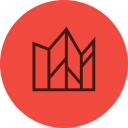Whistleblower Sites 101
June 04, 2025
Cybersecurity might as well have its own language. There are so many acronyms, terms, sayings that cybersecurity professionals and threat actors both use that unless you are deeply knowledgeable, have experience in the security field or have a keen interest, one may not know. Understanding what these acronyms and terms mean is the first step to developing a thorough understanding of cybersecurity and in turn better protecting yourself, clients, and employees.
In this blog series, we aim to explain and simplify some of the most commonly used terms. Previously, we have covered bullet proof hosting, CVEs, APIs, brute force attacks, zero-day exploits, and doxing. In this blog, DarkOwl analysts provide a summary of the digital whistleblower landscape, outlining the role of the dark web and examining some noteworthy whistleblower platforms.
Whistleblower Sites 101
Though contemporary cases usually come to mind, whistleblowers—individuals “who disclose evidence of wrongdoing”—are by no means a recent phenomenon. The first documented whistleblowers in the United States were 10 American officers who, in 1777, reported abuses by their commander, Esek Hopkins. As explained by Dr. Allison Stanger, Hopkins, the first commodore of the U.S. Navy, was accused of torturing British prisoners of war. Following a testimony by the whistleblowers to the Continental Congress, Hopkins was suspended and subsequently retaliated against the officers, who were ultimately protected when the Continental Congress passed America’s first whistleblower law on July 30, 1778.
The whistleblower landscape, however, has unsurprisingly changed since the 18th century, in large part due to the emergence of digital whistleblowing platforms. As noted by Philip Di Salvo, the author of Digital Whistleblowing Platforms in Journalism, whistleblowing platforms allow individuals to “submit documents to recipient journalists, using safer and anonymizing technologies based on strong encryption.” Di Salvo describes these platforms as being at the crossroads between journalism and hacking, and are significant in that they provide journalists’ potential sources “with safer, anonymous, communication channels online.” Many of the platforms in question utilize Tor—The Onion Router—to ensure whistleblowers remain anonymous by hiding their IP addresses and browsing history.
The use of Tor by whistleblowers aiming to expose waste, fraud, abuse, or corruption challenges the common misconception that the dark web is accessed exclusively by bad actors. While the dark web does contain illicit marketplaces, hacking groups, terrorist activity, child pornography, and more, it can also protect whistleblowers and journalistic sources. The anonymity provided by the dark web is especially vital for sources and activists living in repressive regimes.
As similarly highlighted by Di Salvo, since its emergence the digital whistleblower landscape has grown to include a wide variety of platforms that provide users with encrypted submission systems. Below, analysts examine some notable whistleblower platforms.
WikiLeaks
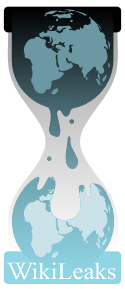
WikiLeaks is a whistleblowing platform originally founded by the Australian computer programmer Julian Assange in 2006. The platform, which publishes secret information obtained from anonymous sources, was initially created with the intention to “streamline the whistleblowing process.” Despite being founded in 2006, the platform only gained international attention in 2010, when it published hundreds of thousands of documents pertaining to the U.S. wars in Iraq and Afghanistan. The documents, leaked by former U.S. Army intelligence analyst Chelsea Manning, revealed that the U.S. military had “killed hundreds of civilians in unreported incidents.” The leak is still considered to be the largest classified leak in history.
SecureDrop

Initially developed by Aaron Swartz, Kevin Poulsen, and James Dolan under the name DeadDrop, the platform was subsequently taken over by the Freedom of the Press Foundation in October 2013. As noted on the company’s website, SecureDrop is “an open source whistleblower submission system that media organizations and NGOs can install to securely accept documents from anonymous sources.” Di Salvo highlights that the platform has become a standard in the whistleblower ecosystem, as reflected by the fact that the system is currently used by over 60 news organizations worldwide (“including The New York Times, The Washington Post, ProPublica, The Globe and Mail, and The Intercept”). The platform utilizes the encrypted Tor network.
GlobaLeaks
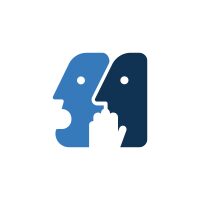
Another standard in the digital whistleblowing landscape, the free, open source software was developed in 2010 with support from the Hermes Center for Transparency and Digital Human Rights, an Italian civil rights organization. GlobaLeaks provides its users with software to “set up secure and anonymous whistleblowing initiative[s].” To provide whistleblowers with anonymity, the platform utilizes Tor, includes “robust security and legal features, such as free encryption software, and does not keep records of IP addresses or leave traces in web browsers.” As highlighted by RESET, GlobaLeaks has been used by a wide variety of entities, including by four French language media companies (Le Monde, La Libre Belgique, Le Soir de Bruxelles, and RTBF) to establish the whistleblower website Source sûre in 2015.
Platform to Protect Whistleblowers in Africa (PPLAAF)
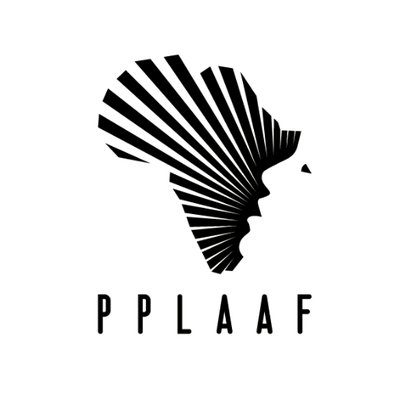
Founded in 2017, The Platform to Protect Whistleblowers in Africa (PPLAAF) is a non-governmental organization (NGO) that aims to defend and support whistleblowers in Africa. PPLAAF provides whistleblowers, NGOs, media, and governments with legal assistance, media assistance, and advocacy and research. As highlighted by the non-profit Whistleblowing International Network (WIN), PPLAAF also “provides a secure web portal for sending information and documents.”
WildLeaks
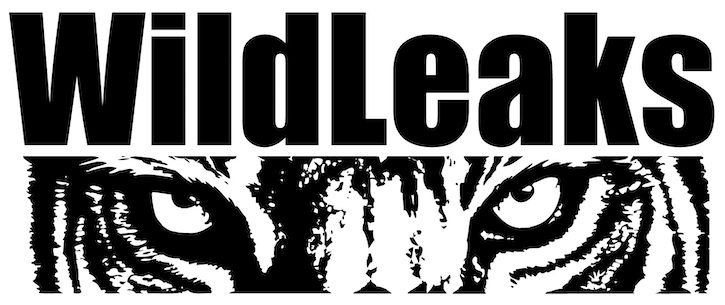
Founded by the NGO Earth League International (ELI), WildLeaks is a whistleblowing initiative dedicated to environmental and wildlife crime. Launched in 2014, WildLeaks’ mission is to “receive and evaluate anonymous information and tips regarding environmental and wildlife crime, and then transform those tips into concrete action.” The initiative also provides potential whistleblowers with secure communication channels via Tor. Upon receiving information, WildLeaks may launch an investigation or share the information with trusted law enforcement agencies and media partners. As summarized by the organization, WildLeaks’ first priority is to “facilitate the identification, arrest, and prosecution of criminals, traffickers, businessmen, and corrupt government officials behind environmental crime, including the poaching of endangered species, the trafficking of wildlife and forest products, illegal logging and IUU (Illegal, Unreported, and Unregulated) fishing.”
Climate Whistleblowers (CW)
Founded in 2023, Climate Whistleblowers (CW) is a non-profit dedicated to protecting individuals “who expose wrongdoings that worsen the climate crisis.” The organization defines a climate whistleblower as an individual who “discloses information about abuses that worsen the climate crisis in order to protect the environment and public health.” As highlighted on their website, CW provides secure communication channels for whistleblowers. Additionally, the non-profit advocates for whistleblower protection by publishing articles and providing training to professionals and organizations.
Psst

Founded in 2024, Psst is a “non-partisan, non-profit public service that helps people bring forward public interest information.” In addition to providing whistleblowers with legal and media support, the non-profit has also created a secure web portal—dubbed “Psst Safe” for submitting non-public information. Psst Safe is described as a “digital safe haven” for information of concern that allows users to remain anonymous and encrypts any uploaded information.
International Consortium of Investigative Journalists
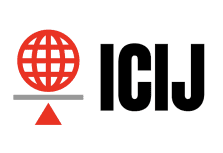
Founded in 1997 by the American journalist Charles Lewis, the International Consortium of Investigative Journalists (ICIJ) is a network of “more than 290 of the best investigative reporters from more than 100 countries and territories.” Importantly, the network provides whistleblowers with secure communication channels, and “encourages whistleblowers to securely submit all forms of content that might be of public concern - documents, photos, video clips as well as story tips.”
Final Thoughts
As highlighted in this blog, the whistleblowing landscape has evolved significantly since the first documented whistleblowing in the U.S. in the 18th century. The emergence of digital whistleblowing platforms like SecureDrop over the past two decades has transformed the whistleblowing process by providing sources with more secure online communication channels. By using Tor, whistleblowers can remain anonymous and improve their safety by hiding their IP addresses and browsing history. The number of online whistleblowing platforms has also grown to include platforms dedicated to specific causes, such as combatting wildlife crime and the climate crisis. The existence of such efforts once again highlights that while the dark web is home to extensive criminal activity, it is also used by individuals aiming to expose wrongdoings and can be a force for good.
Stay up to date with DarkOwl. Follow us on LinkedIn.
Explore the Products
See why DarkOwl is the Leader in Darknet Data
Products
Services
Use Cases





